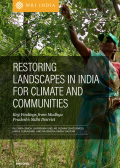
Restoring landscapes can bring economic, environmental, and social prosperity to people and the planet. In the Sidhi District of India’s Madhya Pradesh state, the opportunity is massive. By adapting the popular Restoration Opportunities Assessment Methodology (ROAM) to measure ecosystem services, livelihood benefits, land tenure, gender, and social inclusion and by mapping the social landscape, that diverse potential was uncovered.
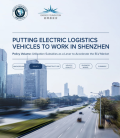
This report series—Putting Electric Logistics Vehicles to Work in Shenzhen—provides a reference point and a goal post for governments looking to reduce the health and climate impacts of freight transport in their communities. It takes a deep dive into how Shenzhen, a metropolis in Southern China, has electrified logistics vehicles and where it can make changes to accelerate that transition.
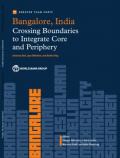
The main objective of this report is to understand how a variety of developing and emerging economies are successfully utilising horizontal integration—across multiple infrastructure sectors and systems—at the metropolitan scale to deliver greater sustainability. This report explores how integrated planning processes extending well beyond city boundaries have been financed and implemented in a diverse group of metropolitan areas.
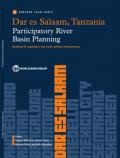
The main objective of this report is to understand how a variety of developing and emerging economies are successfully utilizing horizontal integration—across multiple infrastructure sectors and systems—at the metropolitan scale to deliver greater sustainability. This report explores how integrated planning processes extending well beyond city boundaries have been financed and implemented in a diverse group of metropolitan areas.
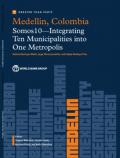
The main objective of this report is to understand how a variety of developing and emerging economies are successfully utilizing horizontal integration—across multiple infrastructure sectors and systems—at the metropolitan scale to deliver greater sustainability. This report explores how integrated planning processes extending well beyond city boundaries have been financed and implemented in a diverse group of metropolitan areas.
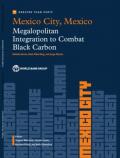
The main objective of this report is to understand how a variety of developing and emerging economies are successfully utilizing horizontal integration—across multiple infrastructure sectors and systems—at the metropolitan scale to deliver greater sustainability. This report explores how integrated planning processes extending well beyond city boundaries have been financed and implemented in a diverse group of metropolitan areas.
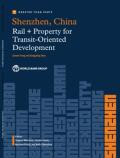
The main objective of this report is to understand how a variety of developing and emerging economies are successfully utilizing horizontal integration—across multiple infrastructure sectors and systems—at the metropolitan scale to deliver greater sustainability. This report explores how integrated planning processes extending well beyond city boundaries have been financed and implemented in a diverse group of metropolitan areas.
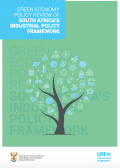
This report reviews South Africa’s industrial policy, from an inclusive green economy lens. It investigates the extent to which South Africa’s industrial policy is responding to, if not driving, the country’s transition. Building on this analysis, recommendations to foster green industrial development in South Africa can be formulated. They are split into four complementary components: capacity building; policy mainstreaming; information/data systems; and transition planning.
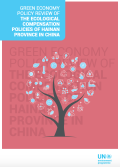
In order to help countries to review and assess the coherence and effectiveness of existing policies in fostering Inclusive Green Economy transitions to achieve the SDGs, UNEP developed a green economy policy review methodology. This summary showcases the results of a longer study that used the methodology to review Ecological Compensation Policies of Hainan Province in China.
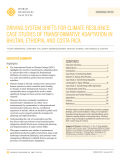
This working paper examines case studies of three communities in Bhutan, Ethiopia and Costa Rica that are already experiencing severe impacts of climate change.
